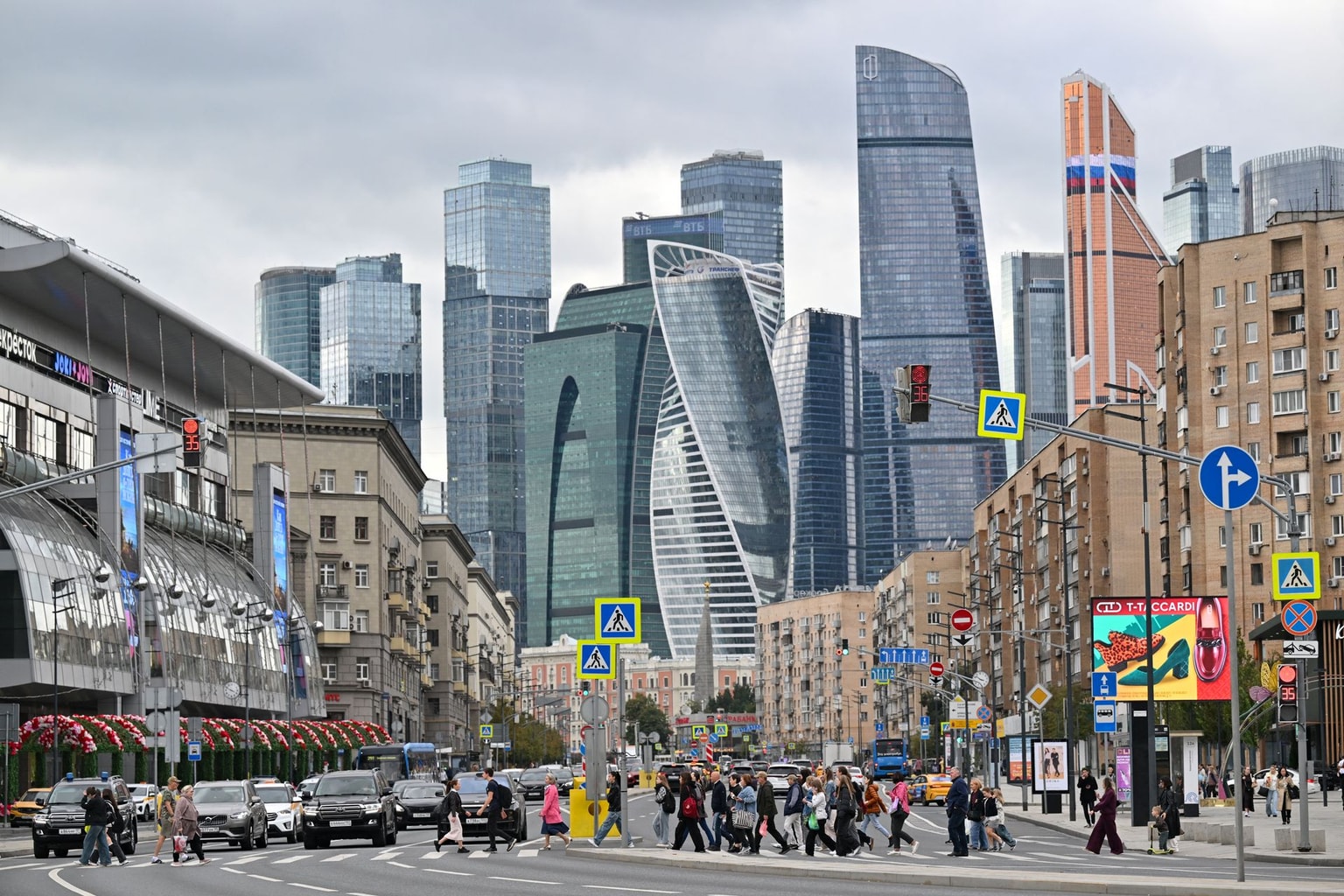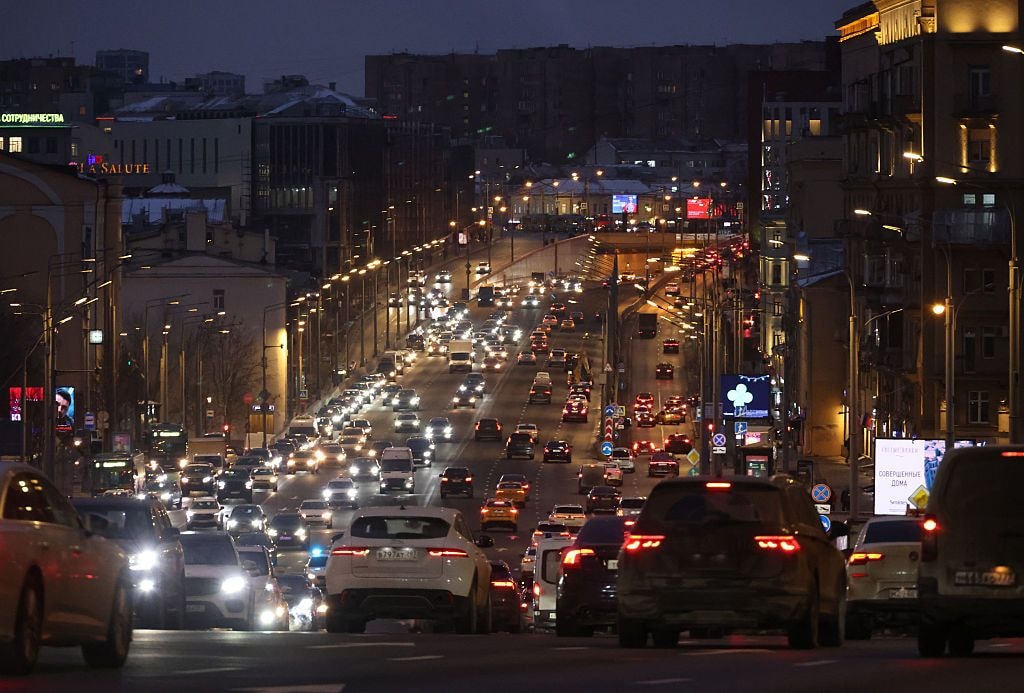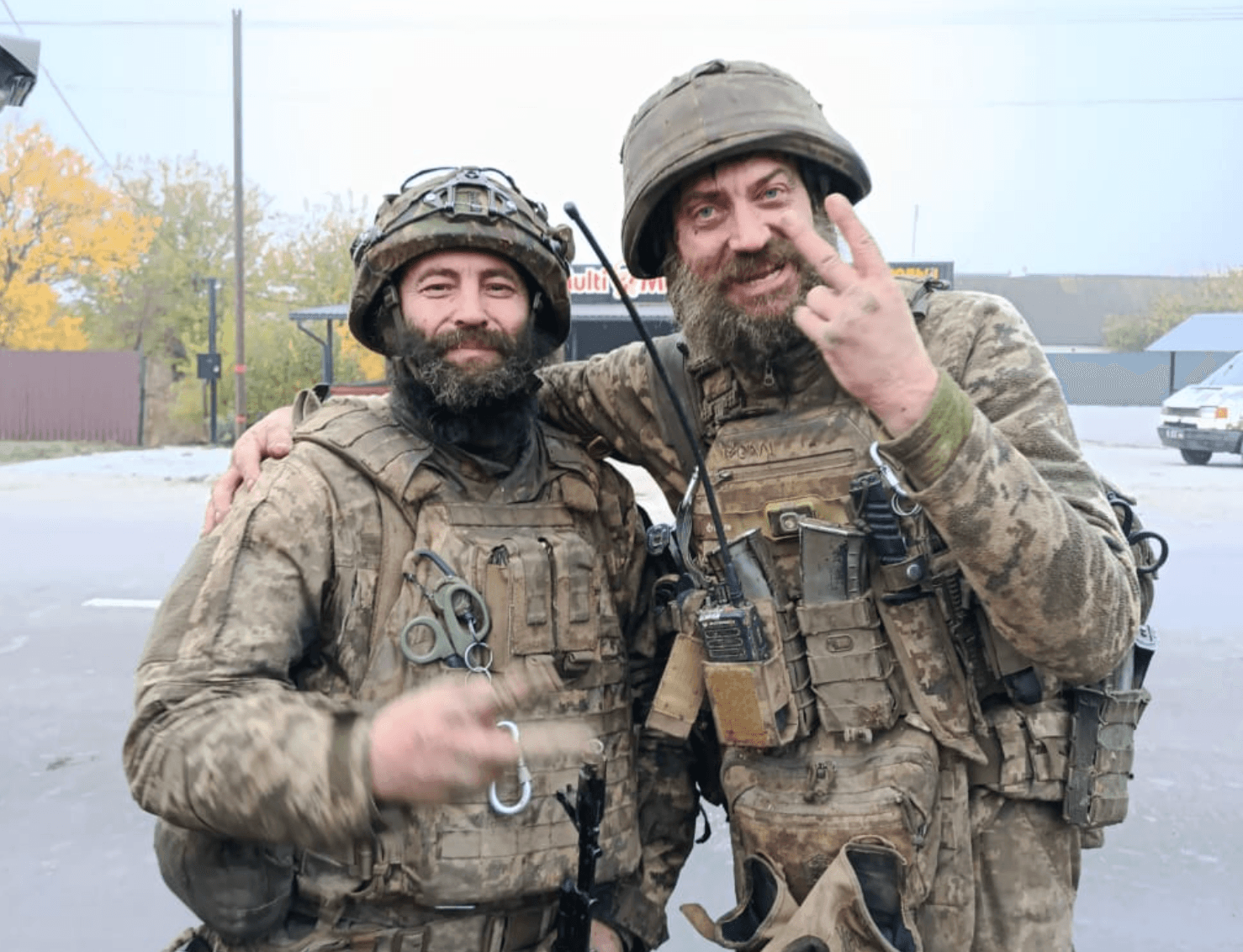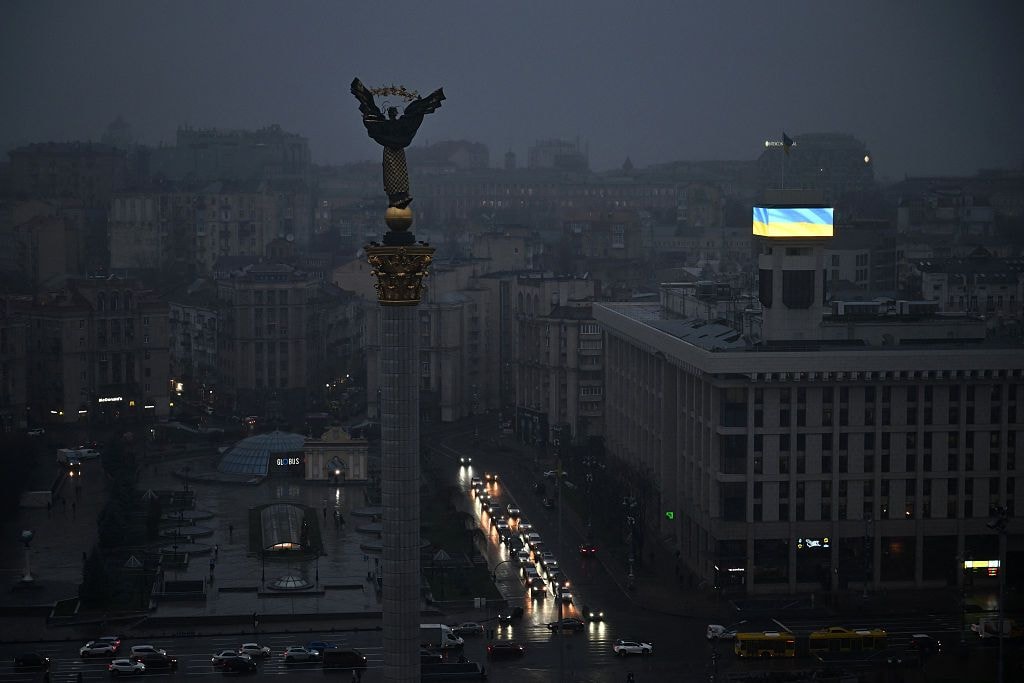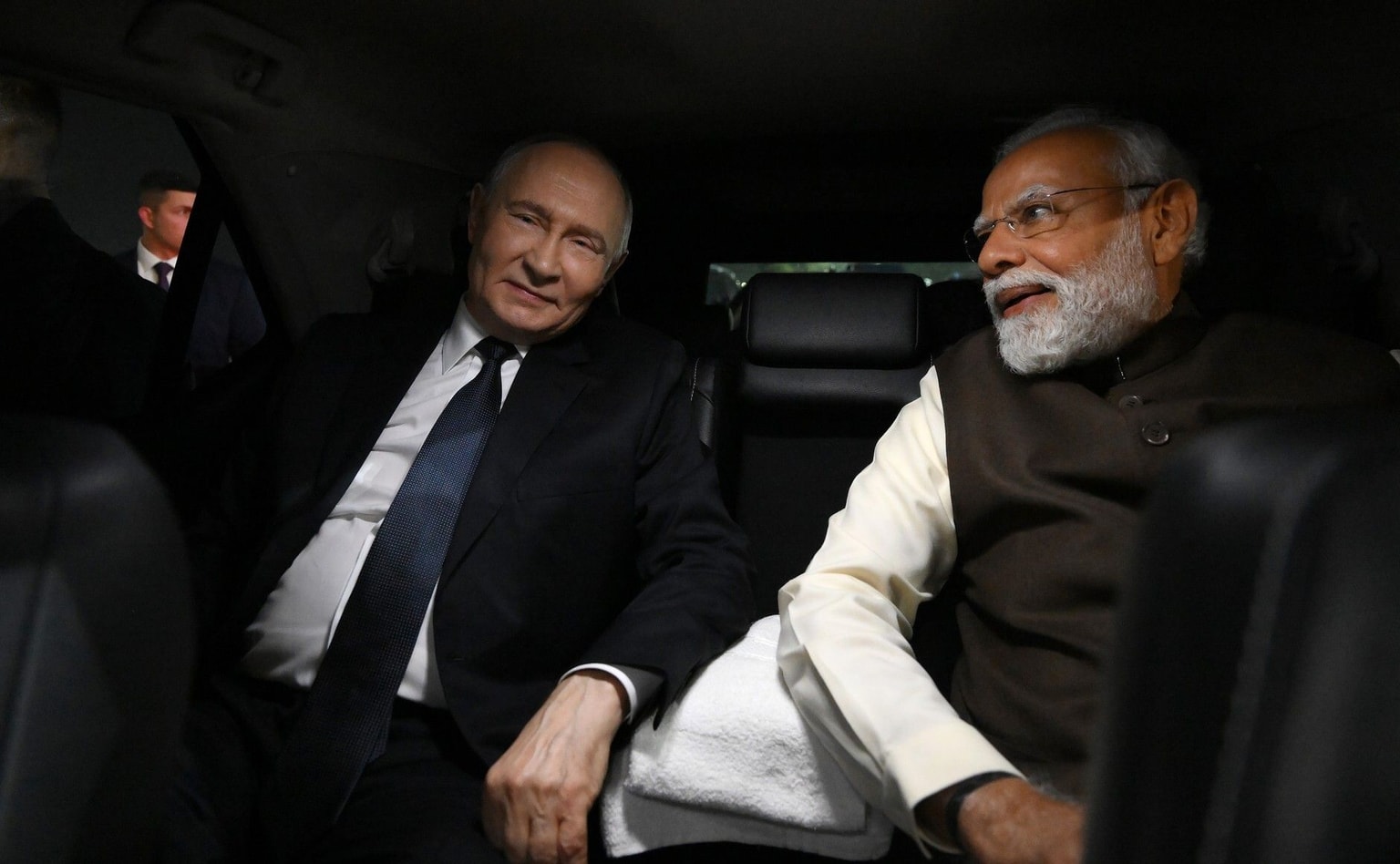Ukraine war latest: Ukraine concludes 1,000-for-1,000 prisoner swap with Russia; Russian missile, drone attack kills 12, injures 79

Key developments on May 24-25:
- Ukraine brings home 303 POWs in final phase of biggest prisoner swap with Russia
- Russian missile, drone attack kills 12, injures 79
- US silence 'encourages Putin', Zelensky says after massive Russian attack
- Russia losing battlefield edge in war against Ukraine, WP reports
- Russia will reveal peace terms to Ukraine after prisoner exchange, Lavrov says
Ukraine brings home 303 POWs in final phase of biggest prisoner swap with Russia
Ukraine brought home 303 prisoners of war on May 25 in the final phase of a 1,000-for-1,000 prisoner exchange with Russia, President Volodymyr Zelensky announced.
The prisoner exchange took place in three phases carried out over three days and was agreed on during peace talks held in Turkey on May 16, the first direct negotiations between Ukraine and Russia in three years.
"I thank the team that worked around the clock to successfully carry out this exchange. We will definitely bring back every single one of our people from Russian captivity," Zelensky wrote in a post on X.
The returning prisoners included members of Ukraine's Armed Forces, National Guard, State Border Guard Service, and State Special Transport Service, Zelensky stated.
Ukraine's Coordination Headquarters for the Treatment of POWs said that the released prisoners included 70 men who had defended Mariupol during the Russian siege of the port city in 2022.
The coordination headquarters added that 5,757 Ukrainian prisoners had been returned through negotiations and exchanges since March 2022, while another 536 Ukrainians had returned through other means.
The prisoner exchange was the only concrete agreement to arise out of the direct talks held last week.
Ukraine and the United States have been pushing for Russia to agree to an unconditional ceasefire, but Russia "categorically" rejected the appeal in Turkey, according to First Deputy Minister of Foreign Affairs of Ukraine Serhiy Kyslytsia, who attended the talks as a member of the Ukrainian delegation.
Kyiv does not publish the figures for how many Russian POWs are currently in Ukrainian custody.
Ukraine has long advocated for an "all-for-all" exchange, but Russia has so far rejected the proposal.

Russian missile, drone attack kills 12, injures 79
Russia attacked Kyiv and other Ukrainian regions with drones and missiles overnight on May 25, killing 12 people, including three children, and injuring at least 79, Interior Minister Ihor Klymenko said on Telegram.
Russia launched 69 missiles overnight and 298 drones, according to Ukraine's Air Force.
The Air Force reported that 45 cruise missiles were shot down by air defense and 266 drones were neutralized, while 22 locations recorded a direct strike.
The attacks come one night after one of the heaviest Russian assaults on Kyiv throughout the full-scale war. The attack also coincides with Kyiv Day, a city holiday typically celebrated on the last Sunday in May.
Ukraine's Air Force warned late on May 24 that Russia had launched waves of drones towards multiple regions and also issued a ballistic missile warning shortly before midnight. Later in the night, an aerial alert went into effect for all Ukrainian regions, including the country's far-western oblasts.
According to Klymenko, Russians attacked the city of Kyiv, Kyiv, Zhytomyr, Khmelnytsky, Ternopil, Dnipropetrovsk, Mykolaiv, Odesa, Kharkiv, Chernihiv, Cherkasy, Sumy, Poltava regions. More than 80 residential buildings have been damaged, he said.
Foreign Minister Andrii Sybiha condemned the attack and called on the international community to further pressure Russia for a ceasefire.
"When the entire world calls for an end to the killing, (Russian President Vladimir) Putin orders even more strikes, attacks, and murders of children. This once again emphasizes the imperative of a full, unconditional, and durable ceasefire for any meaningful peace effort," Sybiha wrote on X.
"The world must pressure Russia to accept it and put an end to the killings immediately."
Three children ages 8, 12 and 17 years old were killed in Zhytomyr Oblast, according to the State Emergency Service, while another 12 in the oblast were injured. Klymenko later added that all three children were from the same family, and both parents were hospitalized. The mother is in serious condition, he said.
During the attack, Tymur Tkachenko, head of the Kyiv City Military Administration, advised residents to take shelter.
"The night will not be easy. There is a threat of the enemy using a large number of drones and missiles from strategic aircraft," Tkachenko warned as air defenses actively repelled drones over Kyiv.
Debris from a falling drone struck a student dormitory in Kyiv's Holosiivskyi district, causing a fire, Kyiv Mayor Vitali Klitschko said. Four people were injured and received medical treatment on the spot.
Another person injured in the Desnianskyi district received medical attention at the scene, Klitschko said, while a second victim in the area was hospitalized. A house in the city's Dniprovskyi district was also damaged. The Kyiv City Military Administration reported that a young woman in the district was injured with a broken leg.
A business center was damaged in the Shevchenkivskyi district, according to the administration.
The 11 injured victims range in age from 18 to 62, the administration said.
Outside the capital, four people in Kyiv Oblast were killed in the attacks and 34 more suffered injuries, the State Emergency Service reported.
In Kharkiv, Mayor Ihor Terekhov also reported that drones struck the city's Osnovianskyi, Novobavarskyi, and Shevchenkivskyi districts. A civilian enterprise in the Osnovianskyi district was damaged while an office building was hit in the Shevchenkivskyi district.
Glass shattered in several apartment buildings amid the attacks, Terekhov said. A child was injured by glass fragments and is receiving medical treatment.
Artem Semenikhin, the mayor of Konotop in Sumy Oblast, said Russia's overnight barrage was "probably the most massive and combined attack on our city since the Second World War."
Drones and missiles also hit multiple areas in the city of Chernihiv and the surrounding region, the State Emergency Service reported. Fires broke out at storage facilities and non-residential buildings, including one blaze that covered over 1,000 square meters. Information about casualties and damage is still being investigated.
In the southern city of Mykolaiv, one man was killed and five people injured when a drone hit a five-story residential building, Ukraine's State Emergency Service reported. A teenager was among the injured victims.
In Ternopil, a western city less frequently targeted by Russian attacks, a Kalibr cruise missile struck an industrial facility and caused a fire, according to Governor Viacheslav Nehoda.
Casualties and damage were also reported in Khmelnytskyi Oblast. Governor Serhii Tiurin said the attacks killed four people in the region and injured five others, in addition to destroying civilian infrastructure.
Poland scrambled fighter jets and activated air defenses, as it has previously done to secure its airspace during large-scale Russian attacks on Ukraine.
The previous night, Russia launched a large-scale drone and missile attack against Kyiv, injuring at least 15 people. The strikes caused explosions throughout the city and damaged residential buildings.
Russia continues to target residential neighborhoods in increasingly deadly aerial assaults while the Kremlin remains openly dismissive of international calls for a ceasefire.
US silence 'encourages Putin', Zelensky says after massive Russian attack
Following a deadly overnight attack on May 25, Zelensky called for stronger sanctions on Russia and added that "America’s silence, and the silence of others around the world, only encourages Putin."
"Without really strong pressure on the Russian leadership, this brutality cannot be stopped. Sanctions will definitely help," Zelensky wrote in a post on Telegram on May 25.
"The world knows all the weaknesses of the Russian economy. It is possible to stop the war, but only through the necessary force of pressure on Russia. Putin must be forced to think not about launching missiles, but about ending the war."
Trump has not publicly commented on the overnight attacks on May 24 and 25.
Russian and Ukrainian officials met in Istanbul on May 16 in the first direct talks between the two countries in three years, but left without reaching an agreement on a ceasefire.
Russian Foreign Minister Sergey Lavrov confirmed that Moscow had no interest in agreeing to a ceasefire in Ukraine, saying on May 21 that Russia "doesn't want this anymore."
Russia losing battlefield edge in war against Ukraine, WP reports
Russia's military advantage against Ukraine is declining, the Washington Post (WP) reported on May 24, citing U.S., European, and Ukrainian officials and military experts.
While Russia's military difficulties could be an opportunity for Ukraine's allies to mount pressure against Moscow in hopes of securing a ceasefire, U.S. President Donald Trump has backed away from international sanctions efforts and appears increasingly unwilling to challenge Putin.
Moscow faces critical shortages of weapons and manpower, making the time ripe for escalated pressure, multiple officials told the WP, many speaking on the condition of anonymity.
"Russia is very gradually taking bits of territory still, but at an unsustainably high cost," said Richard Barrons, the former head of the United Kingdom's Joint Forces Command.
A Ukrainian security official told the WP that Russia was not able to gain ground despite its significant personnel advantages and that the slowed advance may be partly a result of Ukraine's incursion in Kursk Oblast, which aimed to divert Russia's military resources from the front lines.
"Russia is not able to take any ground, and this is the situation pretty much since the end of the Ukrainian counteroffensive," the official said, referring to Ukraine's attempt to retake Russian-occupied territories in 2023.
"Despite the fact that they still have three-to-one superiority in number of troops — and maybe even bigger in terms of (weapons) systems — it's still not enough."
Western experts also calculate that Russia's arsenal of tanks is likely to run out in the next few months, the WP reported.
"The Russians can continue fighting, but … the force will become more and more de-mechanized over time, and that does put a timeline on how long they can sustain the current way they operate," Jack Watling, a senior research fellow for land warfare at the Royal United Services Institute in London, told the WP.
Barrons also said Russia was running out of opportunities to conduct major offensives in Ukraine.
"It is very unlikely now that the Russian military have the equipment, the people, and the training and logistics to mount an offensive that would break the Ukrainian line and — even if they did — to exploit it immediately," he said.
In light of these obstacles, coordinated pressure against Russia could be more effective now than any point since the eary days of the full-scale war, officials said.
According to a May report from the U.S. Defense Intelligence Agency (DIA), Putin still remains confident in Russia's ability to secure "ultimate victory" in Ukraine, including the full occupation of four Ukrainian regions.
This confidence is reflected in Russia's strategy of dragging out peace talks while escalating deadly attacks against Ukraine. Trump even admitted, just days after holding a two-hour phone conversation with the Russian leader, that Putin is not interested in peace because he believes he is winning the war.
"Putin believes that time is on his side, and Ukraine is bleeding faster than Russia," a senior European official told the WP.
But some officials suggested that Putin may be basing his confidence on reports from subordinates that understate Russia's increasing difficulties.
"I think they overestimate the current success of Russia," one senior European official said.
Zelensky called Putin's continued delays in the peace process "a mockery of the whole world" in remarks on May 23.
"And it's definitely time to put more pressure on Russia," he said.
Russia will reveal peace terms to Ukraine after prisoner exchange, Lavrov says
Lavrov announced on May 23 that Moscow will convey its peace terms to Kyiv immediately after the completion of the prisoner exchange between the two countries, which is currently ongoing.
Speaking to Russian state media, Lavrov disclosed that Moscow is "actively working" on a list of ceasefire conditions for the war in Ukraine. The list will be ready "as soon as the exchange of prisoners of war is completed," Lavrov said.
Following tumultuous negotiations in Istanbul on May 16 – the first between the two countries since 2022 – Ukraine and Russia agreed on a 1,000-for-1,000 prisoner exchange.
The exchange process started on May 23 and will continue through May 25. In the initial phase of the process, the two parties swapped 390 prisoners each, and an additional 307 prisoners each on May 24.
During the Istanbul talks, Ukraine and Russia also agreed to exchange documents detailing their respective ceasefire conditions.
Separately, Russia is preparing a "memorandum regarding a potential future peace treaty," which Russian President Vladimir Putin first mentioned during a recent call with United States President Donald Trump.
Kremlin officials have clarified that the memorandum is separate from the list of ceasefire conditions currently under preparation.
While Moscow's list of conditions have yet to be revealed, Russia has repeatedly reiterated maximalist demands, including that Ukraine accept the loss of Crimea and four eastern regions.
Earlier this week, on May 22, Lavrov also said that Moscow is uninterested in a ceasefire in Ukraine, insisting that the "root causes" of the war need to be resolved first.
A recent U.S. intelligence report also revealed that Russia is committed to waging war in Ukraine through the end of 2025, and its objectives in the war – Ukrainian neutrality and a partition of the Ukrainian state – have not changed.
These recent developments suggest that Russia is unwilling to negotiate in good faith, despite offering to share a list of ceasefire conditions after the prisoner exchange.




